Domestic Japanese Yen exchange rate today May 26, 2025
* The buying and selling rates of Japanese Yen at the State Bank of Vietnam remain unchanged, currently at: 165 VND - 182 VND.
In the "black market", the black market Japanese Yen exchange rate as of 4:30 a.m. on May 26, 2025 remained unchanged, trading around 181 VND/JPY.

The buying and selling rates of Japanese Yen at commercial banks are as follows:
| Japanese Yen Exchange Rate | May 26, 2025 | Change from previous session | ||
| Bank | Buy | Sell | Buy | Sell |
| Vietcombank | 174.59 | 185.68 | 0 | 0 |
| Vietinbank | 177.82 | 187.52 | 0 | 0 |
| BIDV | 177.13 | 185.41 | 0 | 0 |
| Agribank | 176.59 | 184.7 | 0 | 0 |
| Eximbank | 177.9 | 184.03 | 0 | 0 |
| Sacombank | 177.53 | 185.04 | 0 | 0 |
| Techcombank | 175.14 | 185.66 | 0 | 0 |
| NCB | 175.18 | 185.54 | 0 | 0 |
| HSBC | 176.15 | 183.92 | 0 | 0 |
USD/JPY exchange rate today 5/26/2025
In the international market, the USD/JPY exchange rate recorded at 4:30 was trading at 142.57 USD/JPY, down 1.44% compared to the closing price yesterday (May 26).
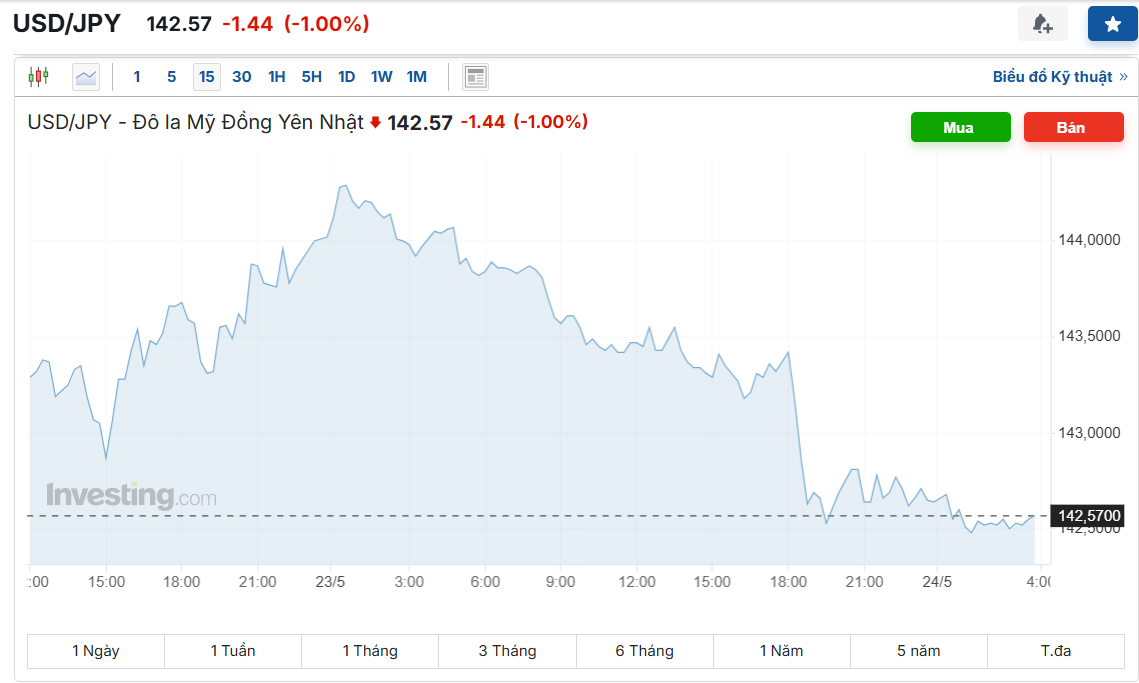
The Bank of Japan (BoJ) is facing a dilemma after April inflation data was released. Inflation remained above its target, mainly due to rising energy and food prices. However, domestic consumption continued to weaken, partly due to weaker-than-expected wage growth, casting doubt on hopes of a sustained recovery in domestic demand.
Weak sentiment and sluggish consumer spending indicate that the “secondary driver” that the BoJ hopes will help inflation self-reinforce has not yet emerged, making it less likely that the BoJ will raise interest rates at its July meeting, according to Commerzbank FX analyst Antje Praefcke.
Japan's economy contracted in the first quarter of this year from the previous quarter, mainly due to sluggish consumption and a decline in net exports. Unlike many other countries that have seen a surge in exports due to concerns about US tariffs, Japan has not seen a similar signal.
In addition to internal factors, the uncertain global environment has also made the BoJ more cautious. Although the US has postponed the implementation of new tariffs for 90 days, the outlook beyond this period is still unclear. This has forced central banks, including the BoJ, to take a cautious stance before taking action.
Another factor is that the US administration does not consider Japan a currency manipulator, and the current weak yen is seen as a result of divergent monetary policies among major countries. This reduces the pressure on the BoJ to raise interest rates to “protect the domestic currency”. In fact, the current weak yen may be an advantage, helping Japanese exports to recover.
The BOJ is likely to keep interest rates unchanged at least until the end of the year. During this time, the Bank of Japan is likely to maintain a “wait and see” strategy, ready to adjust policy if the global trade situation or price trends change unexpectedly.
Source: https://baonghean.vn/ty-gia-yen-nhat-hom-nay-26-5-2025-kha-nang-boj-se-giu-nguyen-muc-lai-suat-cho-den-cuoi-nam-10298204.html


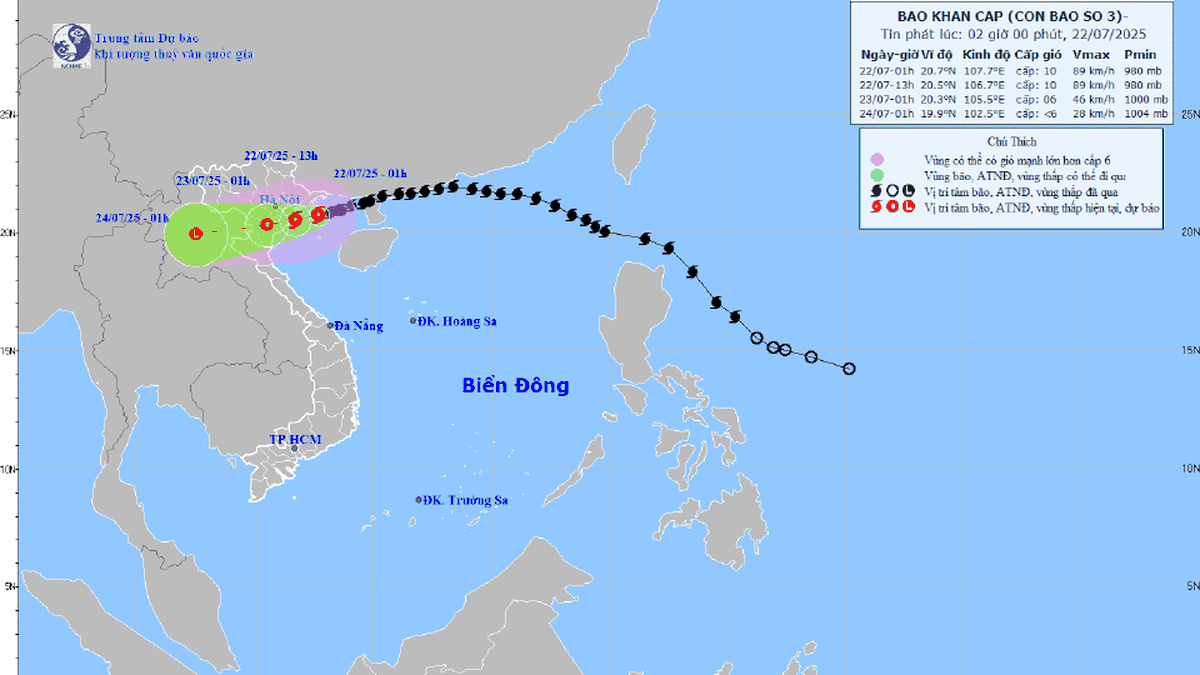

























![[Photo] National Assembly Chairman Tran Thanh Man visits Vietnamese Heroic Mother Ta Thi Tran](https://vphoto.vietnam.vn/thumb/1200x675/vietnam/resource/IMAGE/2025/7/20/765c0bd057dd44ad83ab89fe0255b783)





































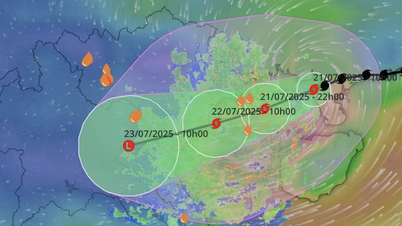





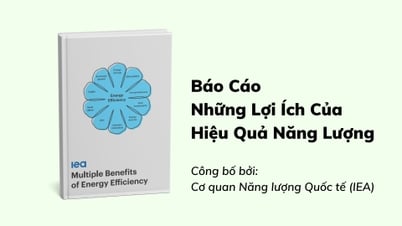





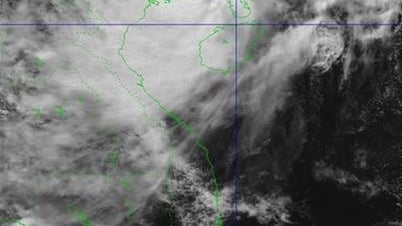























Comment (0)